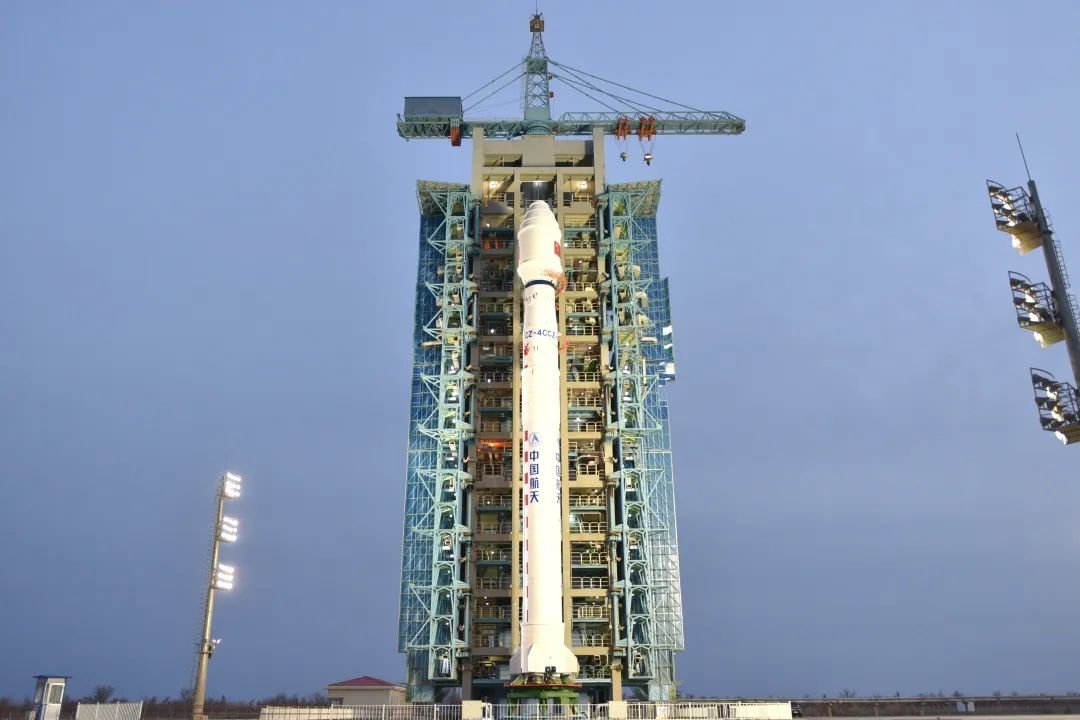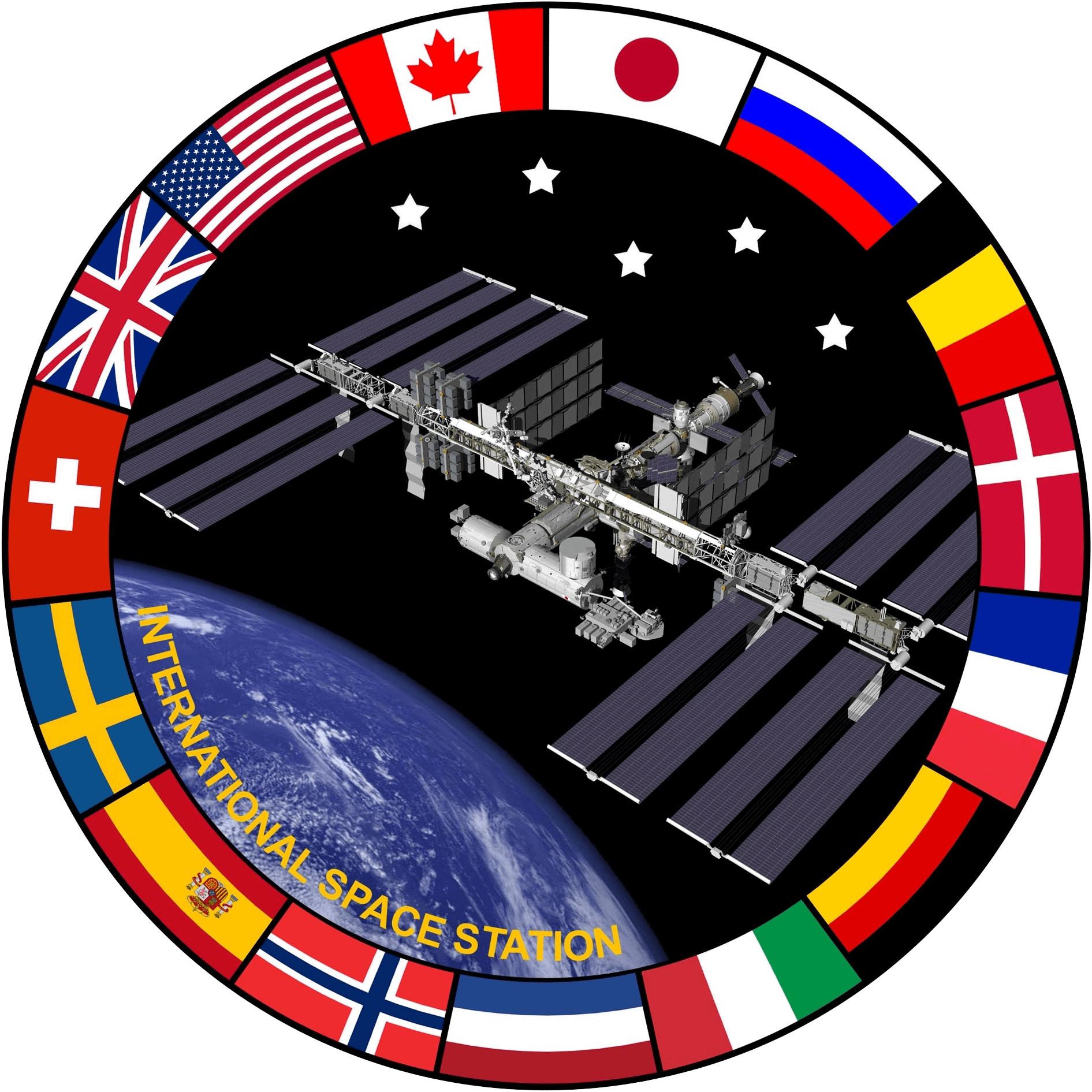· space brief · 4 min read
Space Brief 2 Dec 2024
Today's space updates include a new EU space commissioner's priorities, insights from declassified satellite images, and an update on NASA's Europa Clipper mission. A highlight in the Satellite Spotlight features the Russian satellite COSMOS 2070.

📄Top Stories
Explore the latest declassified satellite images that have helped identify a historic battle site in Iraq. The newly appointed EU space commissioner sets forth priorities focusing on competitiveness, while NASA’s Europa Clipper mission continues its instrument deployment phase. Additionally, discover more about the Russian satellite COSMOS 2070 in our Satellite Spotlight.
📰Detailed Coverage
Declassified Spy Satellite Images Unveil Ancient Battle Site
Recently declassified images from spy satellites have shed light on a 1,400-year-old battle site, which historic texts helped pinpoint as the lost town of al-Qadisiyyah in Iraq. This discovery illustrates the synergy between ancient records and modern technology in tracing significant historical events.
The satellite images allowed researchers to overlay historical maps, confirming the precise location of the site. Such findings are testimony to the importance of satellite imagery in historical and archaeological research, offering valuable cross-disciplinary insights.
Read the full story: Space.com
New EU Space Commissioner Outlines Priorities
Andrius Kubilius, the new European Union commissioner in charge of space, has announced his focus on boosting European space competitiveness and enhancing security measures. His priorities include supporting European industries and launching initiatives that protect vital space infrastructure from emerging threats.
This strategic move aims to position the EU as a global leader in space technology and security, underlining the significance of cooperative frameworks and innovation in maintaining a competitive edge in the increasingly crowded space environment.
Read the full story: SpaceNews
Europa Clipper Mission Progresses with Instrument Deployment
NASA’s Europa Clipper mission, which launched over a month ago, continues its journey towards Jupiter, gradually deploying its scientific instruments. This mission, targeting the exploration of Europa’s icy surface and subsurface ocean, marks a milestone in our quest to analyze potentially habitable environments elsewhere in the solar system.
The comprehensive suite of instruments aims to provide unprecedented insights into Europa’s composition and geology. As the mission unfolds, satellite tracking enthusiasts can monitor its course and data gathering capabilities, reflecting our web app’s potential in facilitating real-time exploration updates.
Read the full story: NASASpaceFlight.com
🛰️Satellite Spotlight
- Satellite Name: COSMOS 2070
- NORAD ID: 20555
- Launch Date: 1990
- Mission: Part of the Strela-1M series, COSMOS 2070 is a Russian communication satellite used for military telecommunication purposes, operating under Russia’s UNKS regime.
- Orbit: Inclination of 73.9818 degrees, orbital period of approximately 114.94 minutes, with an eccentric orbit.
- Operator: UNKS (Military Unit)
Fun Fact: COSMOS 2070 is part of a legacy of satellites that continue to serve as critical infrastructure for Russian military communications, highlighting the enduring utility of early space assets.
Current TLE Data:
1 20555U 90029G 24317.93324722 -.00000016 00000-0 74439-6 0 89997
2 20555 73.9818 239.5287 0012831 125.0636 304.0419 12.52791482582613Track this satellite in real-time on our web app: Track COSMOS 2070
🚀 Upcoming Space Launches
December 2
- China Aerospace Science and Technology Corporation Long March 6A:
- Unknown Payload from Taiyuan Satellite Launch Center, People’s Republic of China (04:45 UTC)
- Possibly CZ-6A launch with a batch of G60 Low Earth Orbit communication constellation satellites, details TBD.
December 3
- China Aerospace Science and Technology Corporation Long March 3B/E:
- Unknown Payload from Xichang Satellite Launch Center, People’s Republic of China (05:46 UTC)
- Details TBD.
- Russian Space Forces Soyuz 2.1b:
- Kosmos (Unknown Payload) from Plesetsk Cosmodrome, Russian Federation (16:00 UTC)
- Russian military satellite(s) of unknown variant.
December 4
- SpaceX Falcon 9 Block 5:
- Starlink Group 9-14 from Vandenberg SFB, CA, USA (00:29 UTC)
- A batch of satellites for the Starlink mega-constellation - SpaceX’s project for space-based Internet communication system.
- ExPace Kuaizhou-1A:
- Unknown Payload from Xichang Satellite Launch Center, People’s Republic of China (04:36 UTC)
- Details TBD.
- SpaceX Falcon 9 Block 5:
- Starlink Group 6-70 from Cape Canaveral SFS, FL, USA (08:29 UTC)
- A batch of satellites for the Starlink mega-constellation - SpaceX’s project for space-based Internet communication system.
- Indian Space Research Organization PSLV-XL:
- Proba-3 from Satish Dhawan Space Centre, India (10:38 UTC)
- Proba-3 is the first close formation flying mission for the European Space Agency (ESA), creating an “artificial solar eclipse” for satellite study.
- Arianespace Vega-C:
- Sentinel-1C from Guiana Space Centre, French Guiana (21:20 UTC)
- Sentinel-1C carries advanced radar technology for all-weather, day-and-night Earth surface imagery.
December 5
- SpaceX Falcon 9 Block 5:
- Sirius SXM-9 from Kennedy Space Center, FL, USA (16:10 UTC)
- SXM-9 is the 10th high-powered digital audio radio satellite, featuring a large, mesh reflector for SiriusXM programming.
December 7
- SpaceX Falcon 9 Block 5:
- Starlink Group 11-2 from Vandenberg SFB, CA, USA (21:24 UTC)
- A batch of satellites for the Starlink mega-constellation - SpaceX’s project for space-based Internet communication system.
Note: Launch dates and times are subject to change due to technical or weather considerations.

Maurice Stellarski





